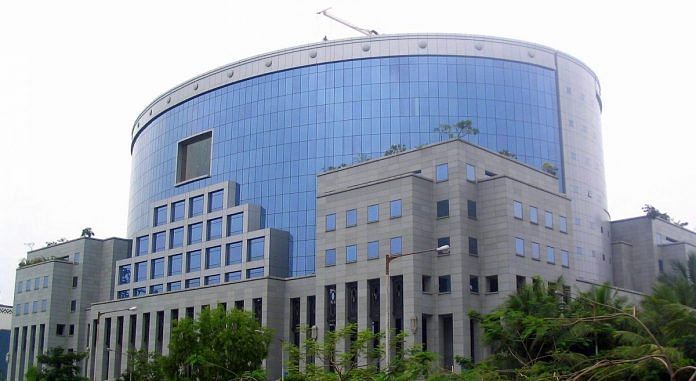We must kill IL&FS’s toxic culture by dismembering it, writes Andy Mukherjee.
The $12.8 billion bankruptcy of shadow lender Infrastructure Leasing & Financial Services Ltd. is starting to offer a glimmer of hope.
It’s about time. Unexpected defaults by the financier, owner, and operator of Indian infrastructure assets have caused a liquidity squeeze, which has brought strained relations between the government and the central bank to breaking point.
The good news is that the new government-appointed board, which can resolve the insolvency without creditors swooping in on assets held across 347 IL&FS firms, has drawn up three sensible approaches.
These may be mixed and matched to extract the most value.
The first of those three strategies – finding a group-level investor – won’t work immediately. Nobody quite knows where the equity value of this unwieldy empire lies. The discount for that uncertainty would be large. Consider the recent rights issue, the previous management’s last-ditch attempt to infuse liquidity before it was booted out by the government last month.
Just three years ago India’s Life Insurance Corp., the largest shareholder, didn’t want to sell its stake at 750 rupees a share; now it doesn’t want to buy more at even 150 rupees a share. But why pick on just LIC? Japan’s Orix Corp., the Abu Dhabi Investment Authority and other institutional shareholders didn’t contribute a single rupee to the rights issue, which bombed.
If IL&FS is sold in its present form, its toxic culture, which has for three decades involved inflating project values, shortchanging partners, self-dealing by senior management, and building cozy relationships with civil servants, will eventually revive.
The time to bring in a new investor would be when operating verticals have been mostly sold: for instance, roads to the National Highway Authority, and the electricity business to the National Thermal Power Corp. That’s what I’ve recommended, and that’s the second approach the new board wants to consider.
The third strategy, of finding a buyer for each road or power plant separately, would be time-consuming. Besides, projects that are stuck awaiting land allotment, environmental clearance or financial closure would deliver better value if bundled together with others yielding stable cash flows.
The stump that would remain would be a pure financier. Its equity interest in the offloaded businesses may have to be substantially written off. But once the operating assets start performing well under new owners, the $4.2 billion in credit the group has extended against them may have a greater chance of being repaid. That may attract a better-quality investor to take over the ruins.
New Chairman Uday Kotak wants to complete the resolution in six to nine months, subject to economic and market conditions. One can understand the impatience. As much as 38 percent of the external credit for the privately owned infrastructure group has come from taxpayer-funded banks. It’s important to stanch the defaults. Still, liquidity considerations shouldn’t dominate.
Banker Kotak has to stamp out the last imprint of founder Ravi Parthasarathy and his team from IL&FS. Finishing well is more important here than concluding quickly. – Bloomberg



